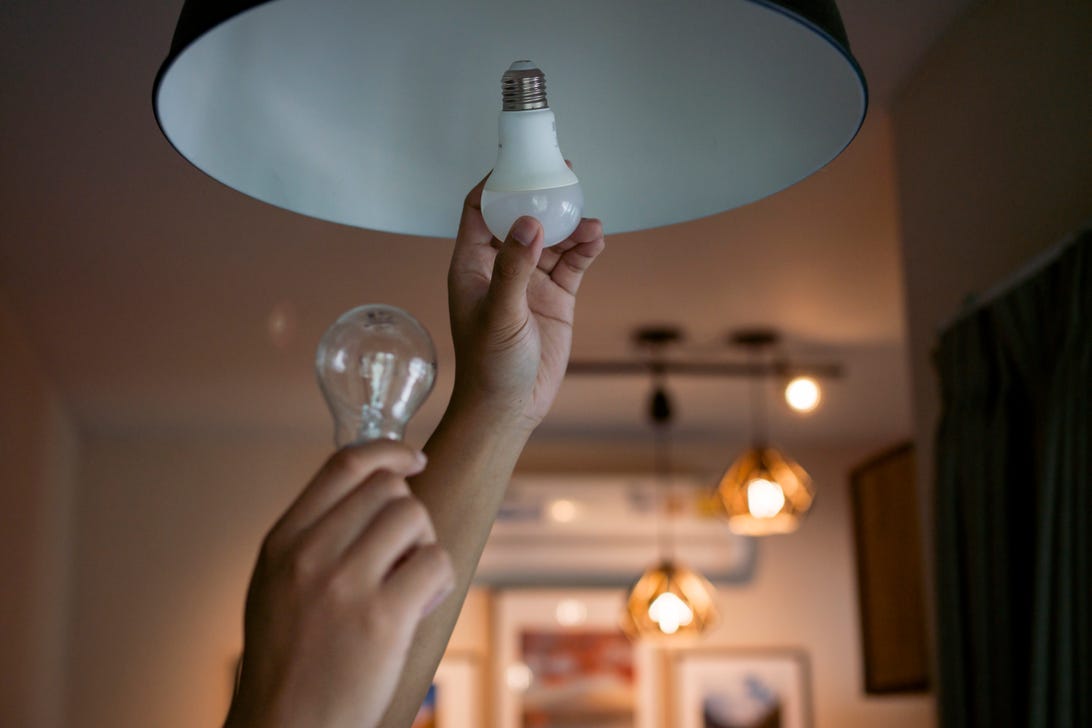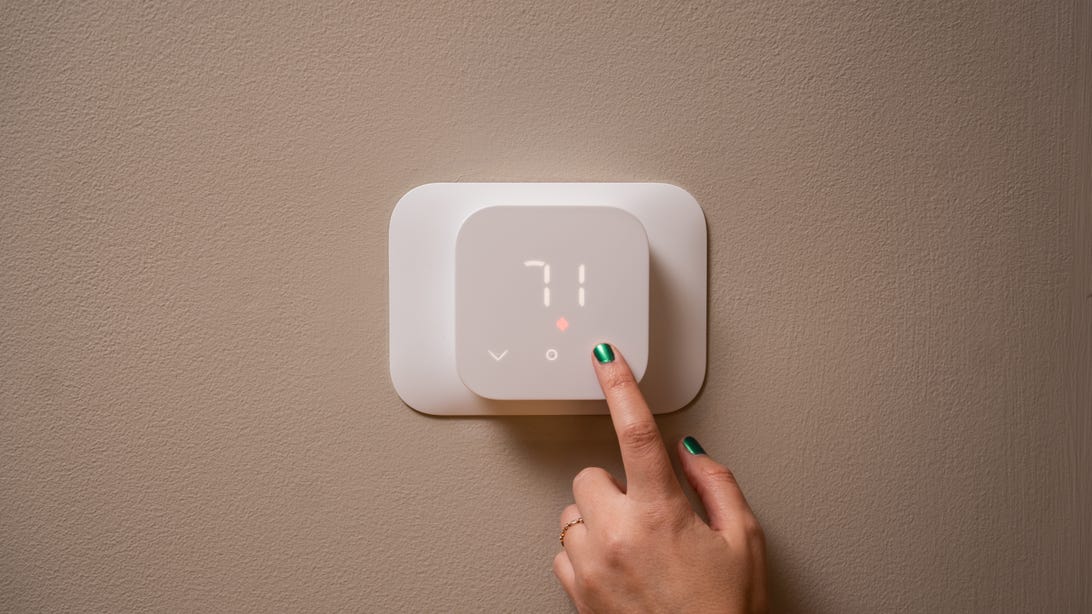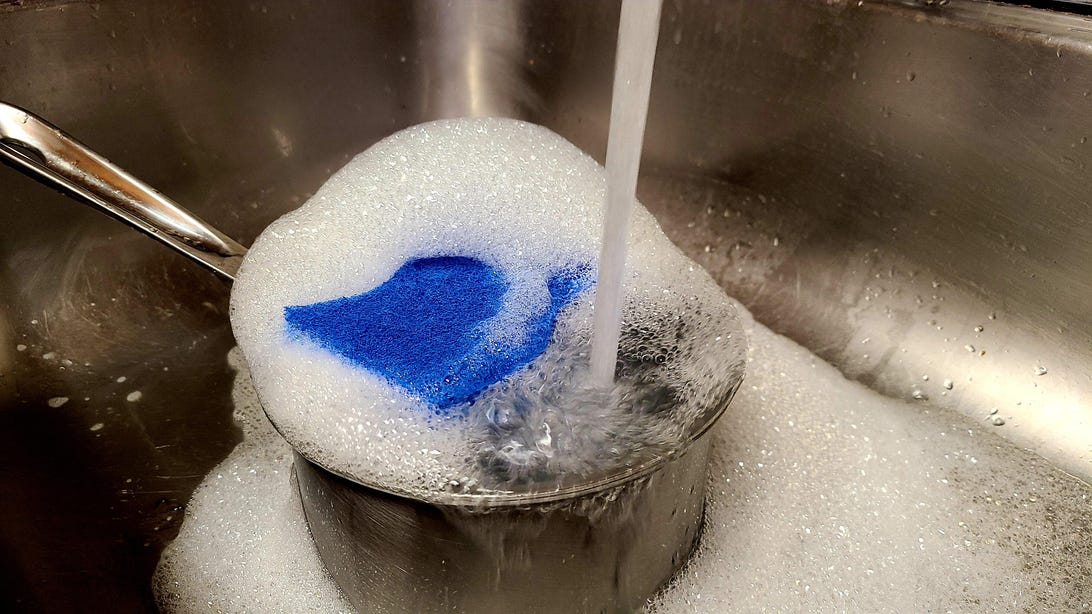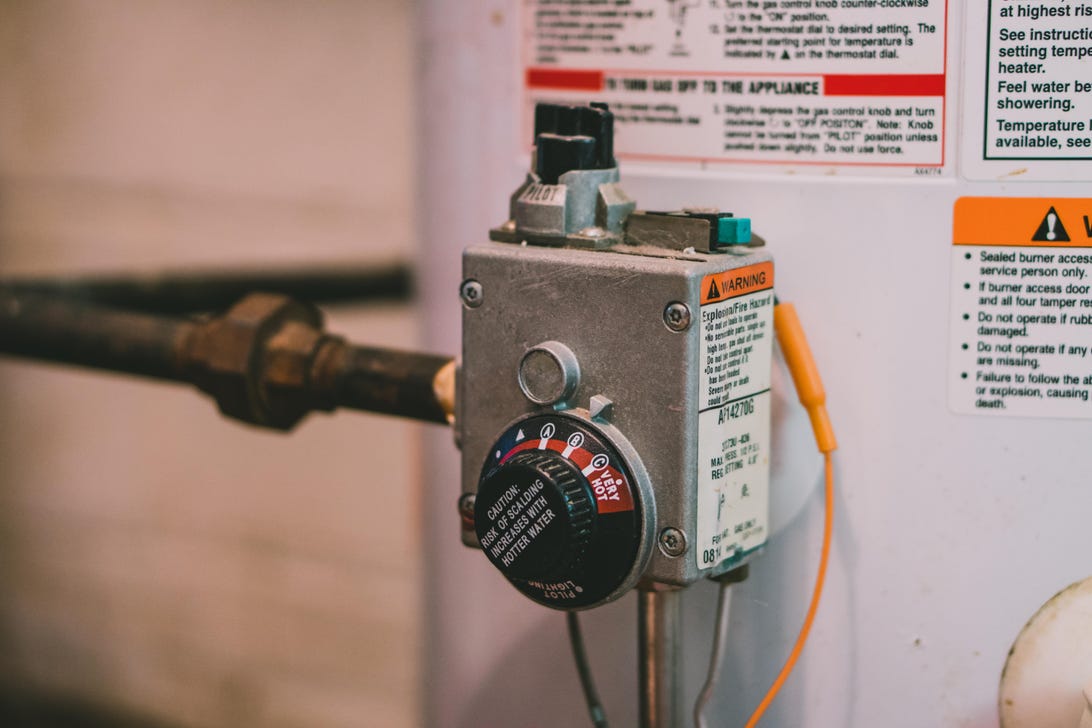[ad_1]

Small changes around your apartment or townhome can save you big on your utility bills.
Thana Prasongsin/Getty Images
You don’t need to make major changes to your living space to make it more energy-efficient. Yes, projects like weatherstripping, buying energy-efficient appliances or insulating your attic can help decrease your energy usage. But renters have options, too.
You can’t exactly undergo big projects as an apartment dweller or renter since even small changes could result in a lease violation. The good news is that there are tricks and devices that can help you with long-term savings.
With gas and water bills and energy prices up 30% from last year, it’s important to think about energy savings. Turning off lights, setting your thermostat to an ideal temp and showering instead of bathing are some obvious ways to cut down, but there are some other tricks to save as a renter. Here are 10 practical ways to start saving now.
1. Switch your lighting
When I moved into my apartment in Charlotte, North Carolina, one of the first things I did was install smart lighting. Why? It’s easy and oh so effective. Just swapping out a few bulbs in your lamps or overhead lights can have a huge impact on your monthly invoices.
Plus, smart lighting won’t break the bank. You can find several LED smart bulbs from reputable brands that cost $20 apiece or less.
And if you want to save big on your electricity bill but don’t necessarily want all the smarts, standard LED bulbs are a great place to start. With or without the smarts, LED bulbs are far more efficient than old-school incandescents. In fact, LED bulbs use about 75% less than incandescent bulbs.
2. Get the most out of your thermostat
Smart thermostats that automatically adjust the temperature of your space are one of the most effective ways to save. Many newer apartments will come with smart thermostats already installed, but what if you don’t have an apartment with a smart thermostat? You could always talk with your landlord about installing one yourself, but once a smart thermostat is installed, it will be difficult to remove it again when you inevitably move out.
The good news is a regular thermostat is also effective; Energy Star says a programmable model used correctly can add up to $180 in yearly savings. To save the most, make sure you set your thermostat to the ideal temperatures in both summer and winter.
According to the US Department of Energy, the best technique for staying cool yet minimizing utility costs in summer is to keep your home warmer than usual when no one is home and then setting the temperature as high as comfortably possible when home. And it’s similar for winter: It’s best to keep your thermostat at 68 F for most of the day during the winter season and then you can turn the temperature down by between 7 and 10 degrees when away or asleep.
Here’s more tips to save energy and money with your thermostat.

Smart thermostats have extra features that help you save money over time.
Chris Monroe/CNET
3. Do laundry the right way
As someone who does laundry 2-3 times a week, I’m always looking for ways to do laundry more efficiently so my monthly energy and water bills aren’t staggeringly high. There are several tips to save in the laundry room that doesn’t require hand-washing or line-drying your clothes.
One easy trick? Go cold. Simply washing your clothes in cold water can have a major impact on your savings since a whopping 90% of the energy used to wash a load goes into heating the water, according to Consumer Reports.
4. Unplug devices and appliances
Be wary of energy vampires (and no, I’m not talking about Edward Cullen). Energy vampires are devices and appliances that consume electricity when they’re plugged in, but not in use. Certain items like toasters and phone chargers silently use up energy at all times and increase your bills, so simply unplugging these items can help you save.
Find out exactly how much you can save by unplugging appliances here.
5. Shower smarter
The average American household uses more than 300 gallons of water every day, according to the Environmental Protection Agency. Of course, shortening your showers can help you save on your water bills, but you could also consider purchasing a low-flow showerhead. The EPA estimates that the average household can save $70 in annual water and energy costs by switching to a WaterSense-approved showerhead.
Looking for more smart devices that can help you save on your utilities? Try these devices.
6. Clean dishes the right way
I’ve already mentioned how much water the average household uses. But did you know using that much water equates to about $83 per month on water costs? In addition to shortening showers, showering instead of bathing and using special showerheads, certain dishwashing practices can help you cut down too.
It may be hard to believe, but running your dishwasher uses less water and less energy than hand-washing. Cleaning dishes in the sink can use up to 27 gallons of water per load while an Energy Star certified dishwasher can use as little as 3 gallons per load. An Energy Star dishwasher can also use less than half the energy of washing dishes by hand.
Read more: How much money can Energy Star appliances save you?

Running your dishwasher uses less water and less energy than hand-washing.
Jessica Dolcourt/CNET
7. Look for leaks and other maintenance issues
One simple water leak, a constantly running toilet or a window not fully sealed can cost you big when it comes to monthly utilities. Every so often, scan your apartment for potential hazards or broken objects and then let your landlord know.
Pro tip: Also make sure you’re replacing your air filter at least every three months to prevent your HVAC system from working harder than it needs to.
8. Set your water heater to its ideal temperature
The Department of Energy says hot water heating can account for 14%-18% of an average utility bill. Simply turning your water heater down to 120 degrees Fahrenheit from the default setting could save you up to $400.
If you living in a townhouse or another rental where you have access to the water heater, you can adjust the setting yourself. If you don’t have access, ask your landlord or the maintenance crew for help.
Learn more about your water heater and potential savings here.

Most water heaters are set to 140 degrees Fahrenheit by default.
Taylor Martin/CNET
9. Calculate what you should be spending
When paying monthly bills, it’s important to be mindful about your state’s average cost of utilities to make sure you’re not overspending.
In the US, the average cost of utilities for renters is $240 a month. This estimate includes the basic utilities most apartment dwellers and renters are responsible for — electricity, gas and water — but that number will fluctuate based on location, usage and additional fees like trash, pest control, cable and internet costs.
You can use this interactive map to check the average cost of utilities in your state. You can also use an energy cost calculator to estimate your monthly residential energy usage.
10. Talk to your landlord
If you try these tips and tricks, but still want to improve your residence’s energy efficiency then there’s no harm in approaching your landlord. You can ask if the property owner is willing to make some changes around the apartment or townhome like installing a smart thermostat or weatherstripping windows. If not, you can always follow up by asking if you can make the improvements yourself to be reimbursed later.
[ad_2]
Source link

